Beyond The Tourist Trap
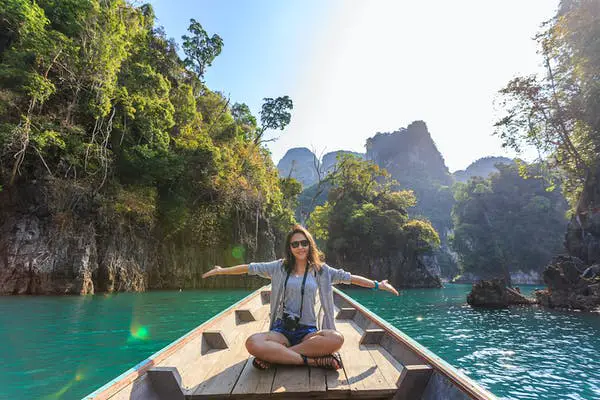
When visiting a new city or country, it's easy to get caught up in the tourist traps that dominate the popular areas. However, there's so much more to discover beyond these well-known destinations.
Exploring off the beaten path can lead to unique experiences and a deeper understanding of the local culture.
Instead of sticking to the usual guidebook recommendations, try venturing out to lesser-known neighborhoods, trying local cuisine, or attending a cultural event.
By going beyond the tourist trap, travelers can create more meaningful and authentic memories that will last a lifetime. So next time you travel, be sure to step outside your comfort zone and explore the unknown.
Hidden Neighborhoods
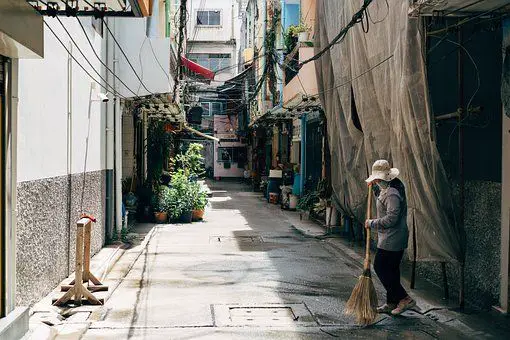
Hidden neighborhoods are areas of a city or town that are lesser-known and off the beaten path. These neighborhoods are often rich in history, culture, and unique experiences that are not found in the more popular tourist destinations.
Exploring hidden neighborhoods can be a great way to get a deeper understanding of the local community and its way of life.
In hidden neighborhoods, visitors can find authentic local experiences that are not commercialized for tourists.
These neighborhoods may have unique shops, restaurants, and markets that offer local products and services. Visitors can interact with locals and learn about their way of life, traditions, and customs.
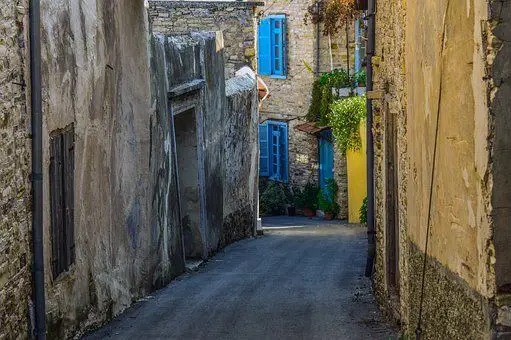
Hidden neighborhoods often have a distinct character and charm that is not found in the more popular tourist destinations.
To find hidden neighborhoods, travelers can use guidebooks, maps, or online resources to identify areas that are off the beaten path.
They can also ask locals for recommendations on where to go and what to see. Exploring hidden neighborhoods may require some research and planning, but the rewards are worth it.
Visitors can experience the city or town from a different perspective and create memories that will last a lifetime.
Authentic Local Cuisine

Sampling local cuisine in off-the-beaten-path restaurants and food markets is a great way to experience authentic flavors and dishes that you may not find in tourist areas. Here are some tips for finding and enjoying these hidden gems:
- Ask locals for recommendations: Ask locals for their favorite restaurants and food markets. They may know of hidden gems that are off the beaten path.
- Look for smaller, family-run establishments: Small restaurants and food markets that are run by families or individuals are more likely to offer authentic cuisine that is true to the local culture.
- Seek out markets: Look for local food markets where you can find fresh produce, meats, and other ingredients that are commonly used in local dishes.
- Follow your nose: If you smell something delicious while walking around, follow your nose and see where it leads you. You may stumble upon a hidden gem.
- Be adventurous: Don't be afraid to try new foods and flavors. Local cuisine often includes unique ingredients and spices that you may not have tried before.
- Learn about the food: Take the time to learn about the dishes you're trying. Ask the chef or vendor about the ingredients and preparation methods.
- Take it to go: If you're short on time or can't stay for a full meal, consider getting your food to go. You can still experience the flavors and culture of the local cuisine on the go.
Remember, the key to finding authentic local cuisine is to be open-minded, curious, and willing to explore beyond the typical tourist areas.
Cultural Events

Attending local festivals, concerts, and events is a great way to experience a destination's unique culture and traditions. Here are some tips for making the most of cultural events:
- Do your research: Before you go, research the event and its significance in the local culture. This will help you appreciate the event more fully and understand its significance.
- Dress appropriately: Be mindful of cultural norms and dress appropriately for the event. If you're not sure what's appropriate, ask a local or do some research.
- Arrive early: Arriving early will give you a chance to explore the event before the crowds arrive. You may also be able to find a good spot to watch the event from.
- Get involved: Don't just watch the event, get involved! If there's dancing or singing, join in. If there's food, try it. Participating in the event will make it a more memorable experience.
- Respect the locals: Remember that you are a guest in someone else's culture. Be respectful of the locals and their customs, and try to learn as much as you can about them.
- Take photos mindfully: Taking photos is a great way to capture the event, but be mindful of the locals and their privacy. Always ask for permission before taking photos of people, and respect any requests for no photography.
Attending local festivals, concerts, and events is a fantastic way to experience a destination's unique culture and traditions.
Just remember to be respectful and mindful of the locals and their customs, and you're sure to have a memorable experience.
Outdoor Adventures
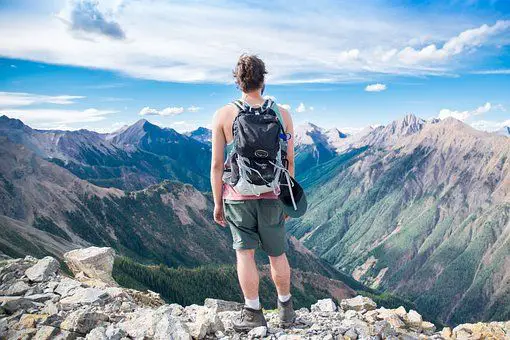
Outdoor adventures can be an amazing way to experience a destination's natural beauty and get off the beaten path. Here are some tips for discovering hidden hiking trails, parks, and natural wonders:
- Research: Look for local hiking groups, outdoor clubs, and travel blogs to find out about hidden gems and lesser-known outdoor activities. Also, check out local tourism boards for information about lesser-known parks and natural wonders.
- Ask locals: Ask locals, such as hotel staff or shop owners, for recommendations on hiking trails and outdoor activities that are off the beaten path. They may be able to provide insider tips and directions to hidden gems.
- Rent equipment: If you don't have your own equipment, consider renting gear from a local outfitter. This will allow you to try out new outdoor activities without having to invest in expensive equipment.
- Be prepared: Make sure you're prepared for the outdoor adventure by packing appropriate clothing, footwear, and gear. Also, bring plenty of water and snacks.
- Be mindful of the environment: When exploring natural areas, it's important to be respectful of the environment. Stay on designated trails, dispose of waste properly, and leave no trace.
- Consider a guided tour: If you're not comfortable exploring on your own, consider a guided tour. This can be a great way to learn about the local environment and culture while also getting off the beaten path.
- Safety first: Always prioritize safety when participating in outdoor activities. Be aware of potential hazards, such as wildlife, weather conditions, and difficult terrain, and take appropriate precautions.
Outdoor adventures can be a fantastic way to discover hidden gems and get off the beaten path. Just remember to be prepared, be mindful of the environment, and prioritize safety.
Unusual Museums

Visiting unusual museums can be a fascinating way to get a different perspective on the local history and culture. Here are some tips for finding and enjoying quirky and lesser-known museums:
- Research: Look for local blogs, travel guides, and tourism websites to find out about unusual museums in the area. You can also search for specific topics that interest you, such as science, art, or history.
- Ask locals: Ask locals for recommendations on quirky and lesser-known museums. They may know about hidden gems that aren't as well-known to tourists.
- Plan ahead: Check the museum's hours of operation and admission fees before you go. Some museums may only be open on certain days or have limited hours.
- Keep an open mind: Unusual museums may offer a different perspective on history and culture than traditional museums. Be open to learning about new topics and ideas.
- Participate in interactive exhibits: Many unusual museums have interactive exhibits that allow visitors to participate and engage with the displays. Take advantage of these opportunities to fully immerse yourself in the museum experience.
- Take your time: Don't rush through the museum. Take your time to read the exhibits and fully appreciate the unique displays.
- Support the museum: Many unusual museums rely on donations and admission fees to stay open. Consider making a donation or purchasing a souvenir to support the museum.
Visiting unusual museums can be a fun and educational way to explore a destination's history and culture. Just remember to plan ahead, keep an open mind, and fully immerse yourself in the museum experience.
Local Art Scene

Exploring the local art scene is a fantastic way to get a sense of the local artistic expression and creativity. Here are some tips for exploring galleries, street art, and public art installations:
- Research: Look for local art galleries, museums, and cultural institutions to learn about the local art scene. You can also search for public art installations and street art locations online or on social media.
- Attend gallery openings: Attend gallery openings and art events to meet local artists and art enthusiasts. This can be a great way to get insider knowledge about the local art scene and upcoming exhibits.
- Visit public art installations: Check out public art installations and sculptures around the city or town. These installations can offer unique insights into the local history and culture.
- Look for street art: Street art can be found in unexpected places and can offer a unique perspective on the local culture. Look for murals, graffiti, and other forms of street art in alleys, on buildings, and under bridges.
- Take a guided tour: Consider taking a guided tour of the local art scene. A knowledgeable guide can provide valuable insights and context about the art and the artists behind it.
- Support local artists: Consider purchasing artwork from local artists or attending their shows. This not only supports the local art community but also provides a unique and meaningful souvenir of your trip.
Exploring the local art scene can be a wonderful way to experience a destination's culture and creativity. Just remember to do your research, attend events, and support local artists to get the most out of your experience.
Rural Escapes

Venturing outside the city to explore small towns, farms, and countryside attractions can offer a refreshing change of pace and a different perspective on the area's culture and way of life. Here are some tips for planning a rural escape:
- Research: Look for small towns, farms, and countryside attractions within driving distance of the city you're visiting. Check out local tourism websites, travel guides, and blogs to learn about hidden gems in the area.
- Plan ahead: Plan your route and schedule in advance to make the most of your time in the rural areas. Consider visiting farmer's markets, nature trails, and local restaurants to experience the local culture.
- Embrace the slower pace: Rural areas can have a slower pace of life than cities, which can be a refreshing change of pace. Take the time to appreciate the natural beauty and charm of the countryside.
- Meet the locals: Strike up a conversation with locals to learn more about the area's culture and way of life. They may be able to recommend hidden gems and off-the-beaten-path attractions.
- Try new experiences: Rural areas offer unique experiences that you may not find in the city. Consider trying new activities such as horseback riding, berry picking, or fishing.
- Stay overnight: Consider staying overnight in a small town or on a farm to fully immerse yourself in the rural experience. This can be a great way to learn about the local culture and way of life.
Venturing outside the city to explore small towns, farms, and countryside attractions can offer a refreshing change of pace and a different perspective on the area's culture and way of life.
Just remember to research, plan ahead, embrace the slower pace, meet the locals, try new experiences, and consider staying overnight to fully immerse yourself in the rural experience.
Unique Accommodations
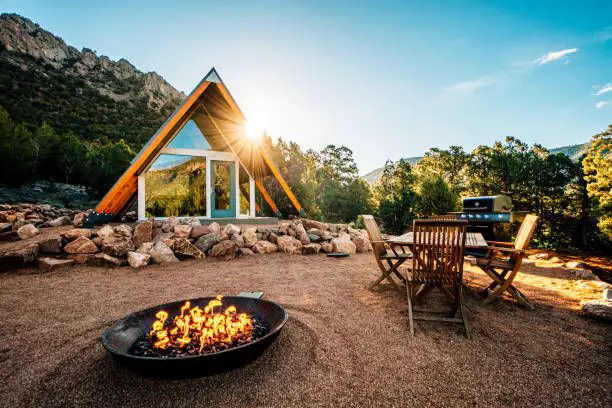
Staying in unique and off-the-beaten-path accommodations can add an extra layer of adventure and excitement to your trip. Here are some tips for finding and booking unique accommodations:
- Research: Look for local travel blogs, tourism websites, and review sites to find unique accommodations in the area. You can also search for specific types of accommodations that interest you, such as treehouses, yurts, or houseboats.
- Book early: Unique accommodations can book up quickly, so it's important to book early to secure your reservation. Consider booking directly with the property owner or through a reputable booking site.
- Read reviews: Before booking a unique accommodation, be sure to read reviews from previous guests. This can give you an idea of what to expect and help you avoid any potential issues.
- Consider location: Unique accommodations can be located in remote or unconventional locations, so be sure to consider the location and how it fits into your travel plans.
- Embrace the experience: Staying in a unique accommodation can be a memorable experience, so be sure to embrace it fully. Take advantage of any amenities or activities offered by the property, and enjoy the opportunity to stay somewhere out of the ordinary.
- Be respectful: When staying in a unique accommodation, be sure to respect the property and any guidelines or rules provided by the owner. This can help ensure a positive experience for everyone involved.
Staying in unique and off-the-beaten-path accommodations can add an extra layer of adventure and excitement to your trip.
Just remember to research, book early, read reviews, consider location, embrace the experience, and be respectful of the property and its rules.
Hidden Historical Sites
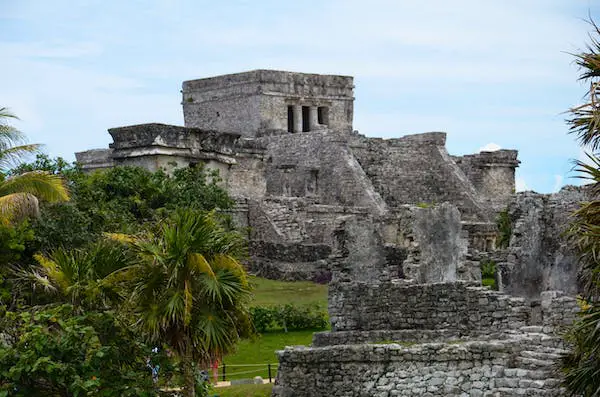
Visiting hidden historical sites can offer a unique perspective on the area's past and culture. Here are some tips for finding and exploring lesser-known historical sites, monuments, and landmarks:
- Research: Look for local historical societies, travel guides, and tourism websites to find out about hidden historical sites in the area. You can also search for specific topics that interest you, such as architecture, local legends, or important events in the area's history.
- Ask locals: Ask locals for recommendations on lesser-known historical sites. They may know about hidden gems that aren't as well-known to tourists.
- Take a guided tour: Consider taking a guided tour of the local historical sites. A knowledgeable guide can provide valuable insights and context about the history and significance of each site.
- Explore on foot: Take a walking tour of the area to discover hidden historical sites and landmarks. This can be a great way to explore the area at your own pace and discover hidden gems.
- Visit local archives and museums: Local archives and museums can offer valuable information and context about the area's history. Consider visiting these institutions to learn more about the historical sites you're visiting.
- Be respectful: When visiting historical sites, be respectful of the environment and the people who live there. Follow posted rules and regulations, and be mindful of the impact you're having on the site.
- Take your time: Don't rush through the historical sites. Take your time to fully appreciate the significance and historical context of each site.
Visiting hidden historical sites can be a fascinating way to get a glimpse into the area's past and culture. Just remember to research, take a guided tour, explore on foot, and be respectful of the environment and people who live there.
Local Transportation
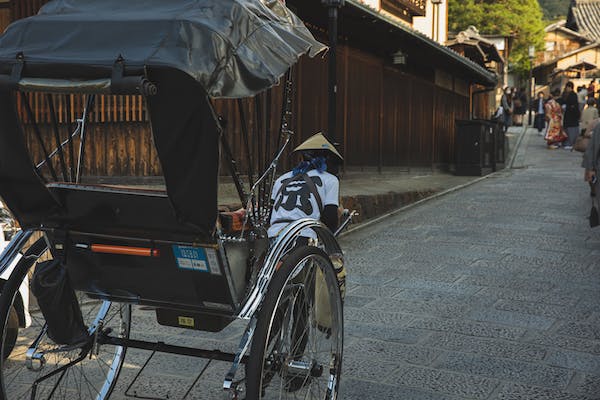
Using local transportation options such as buses, ferries, and trains can be a great way to explore the area like a local and get a better sense of the local culture and way of life. Here are some tips for using local transportation:
- Research: Look into the local transportation options available in the area you're visiting, such as buses, ferries, and trains. Check schedules, routes, and fares ahead of time to avoid any confusion or delays.
- Ask locals: Ask locals for advice on using local transportation. They may be able to recommend the best routes, schedules, and ticket options.
- Buy tickets in advance: Depending on the transportation option, you may be able to purchase tickets in advance. This can save time and ensure that you have a seat on busy routes.
- Be prepared: When using local transportation, be prepared for potential delays, changes in schedules, and crowded conditions. Bring snacks, water, and anything else you may need to stay comfortable during your journey.
- Embrace the experience: Using local transportation can be a fun and unique way to explore the area. Take advantage of the opportunity to see new sights and interact with locals.
- Stay safe: When using local transportation, be sure to follow safety guidelines, such as wearing a seatbelt or lifejacket when required. Be aware of your surroundings and keep an eye on your belongings.
Using local transportation can be a great way to explore the area like a local and get a better sense of the local culture and way of life.
Just remember to research, ask locals, buy tickets in advance, be prepared, embrace the experience, and stay safe.
Conclusion
In conclusion, traveling beyond the tourist trap can offer a unique and authentic travel experience that will leave a lasting impression.
While visiting the popular tourist destinations can be exciting and memorable, it is important to remember that these areas can be overcrowded, expensive, and sometimes not representative of the true local culture.
By exploring lesser-known areas of your destination, you can gain a deeper understanding of the local community and their way of life.
Attending cultural events, discovering hidden outdoor adventures, visiting unusual museums, exploring the local art scene, visiting hidden historical sites, venturing to rural escapes, using local transportation, and staying in unique accommodations are all great ways to immerse yourself in the local culture and experience your destination in a more authentic way.
It is important to do your research before embarking on your journey to ensure that you make the most out of your trip. Check out local blogs, tourism websites, and review sites to find recommendations for hidden gems in the area.
Additionally, be sure to ask locals for advice, as they can provide invaluable insight into the local community and the best ways to experience the area.
By exploring beyond the tourist trap, you can discover unique experiences that are not found in guidebooks or on travel websites. These experiences can be eye-opening, educational, and unforgettable, and can provide a deeper appreciation for the world we live in.
Ultimately, traveling beyond the tourist trap requires an open mind and a willingness to embrace the unknown.
Whether it's trying new foods, immersing yourself in a different culture, or stepping outside of your comfort zone, the rewards of exploring beyond the tourist trap are immeasurable. So, the next time you plan a trip, consider stepping off the beaten path and discovering the hidden treasures that your destination has to offer.
